Stay One Step Ahead of Pests With These 2025 Bug Predictions
As temperatures rise, so does bug activity. While bees and ants are familiar warm-weather visitors, they’re far from the only ones stirring. Some insects are seasonal staples, while others appear in cycles or spread to new areas, making each year’s bug activity a little different.
From invasive species expanding their reach to insects emerging after years underground, 2025 has a few noteworthy bugs to watch for. Whether they’re fluttering, buzzing, or burrowing, here are the insects you might spot more of this year, why they’re showing up, and what to do if you see one.
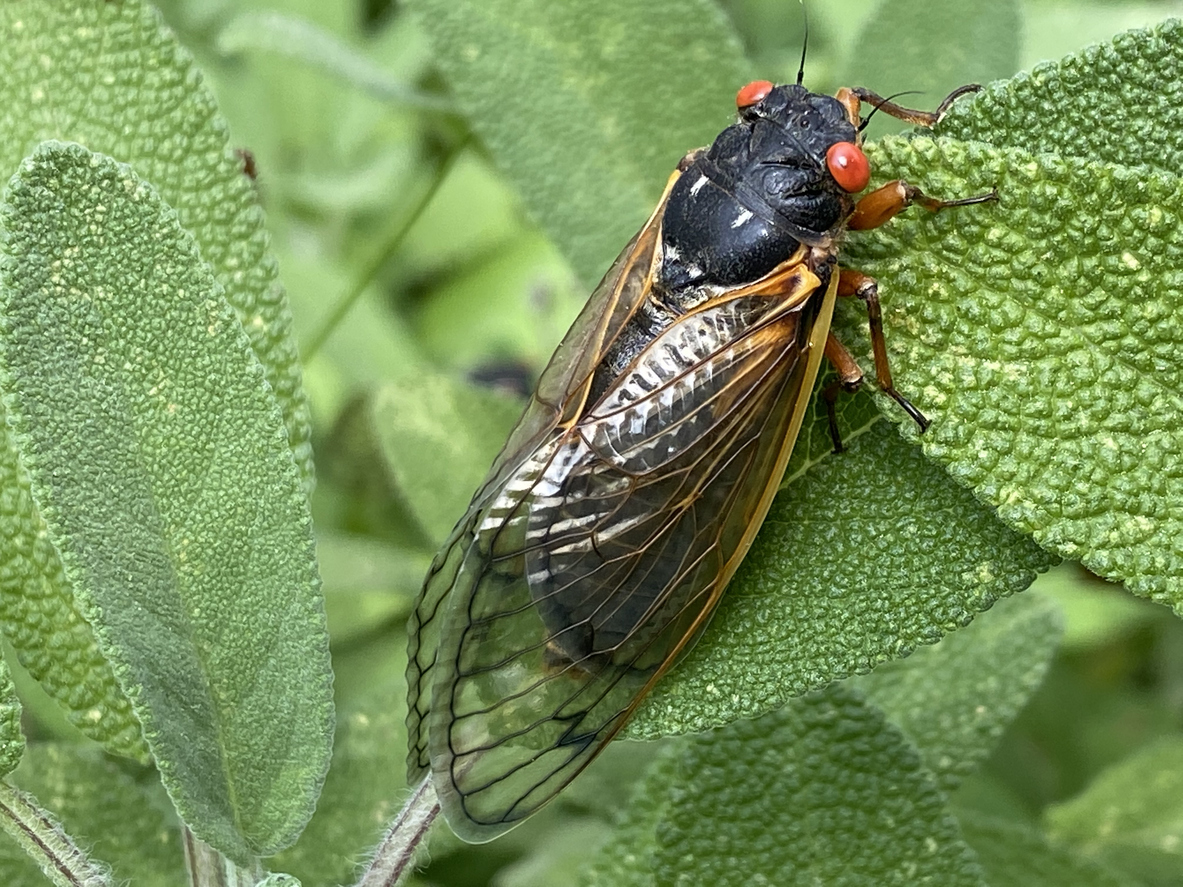 Brood XIV Cicadas
Brood XIV Cicadas
Due to their unusual lifecycle, it’s fair to wonder when cicadas will come back. It turns out, you can expect cicadas in 2025.
If you live in the eastern U.S., prepare for a wall of sound — Brood XIV cicadas are making their grand return after 17 years underground. These insects, about 1–2 inches long, are easily recognized by their black bodies, red eyes, and translucent wings.
Cicadas emerge from underground by the millions, filling the air with their loud mating calls. While the sound can be overwhelming, it’s a sign of a rare natural event. Cicadas don’t bite or sting, and though they can look frightening, they’re harmless to humans and pets.
Cicadas play an important ecological role, aerating the soil as they emerge and providing food for birds, mammals, and other wildlife. However, they do lay eggs in tree branches, so if you’ve recently planted young trees, consider covering them with netting for protection.
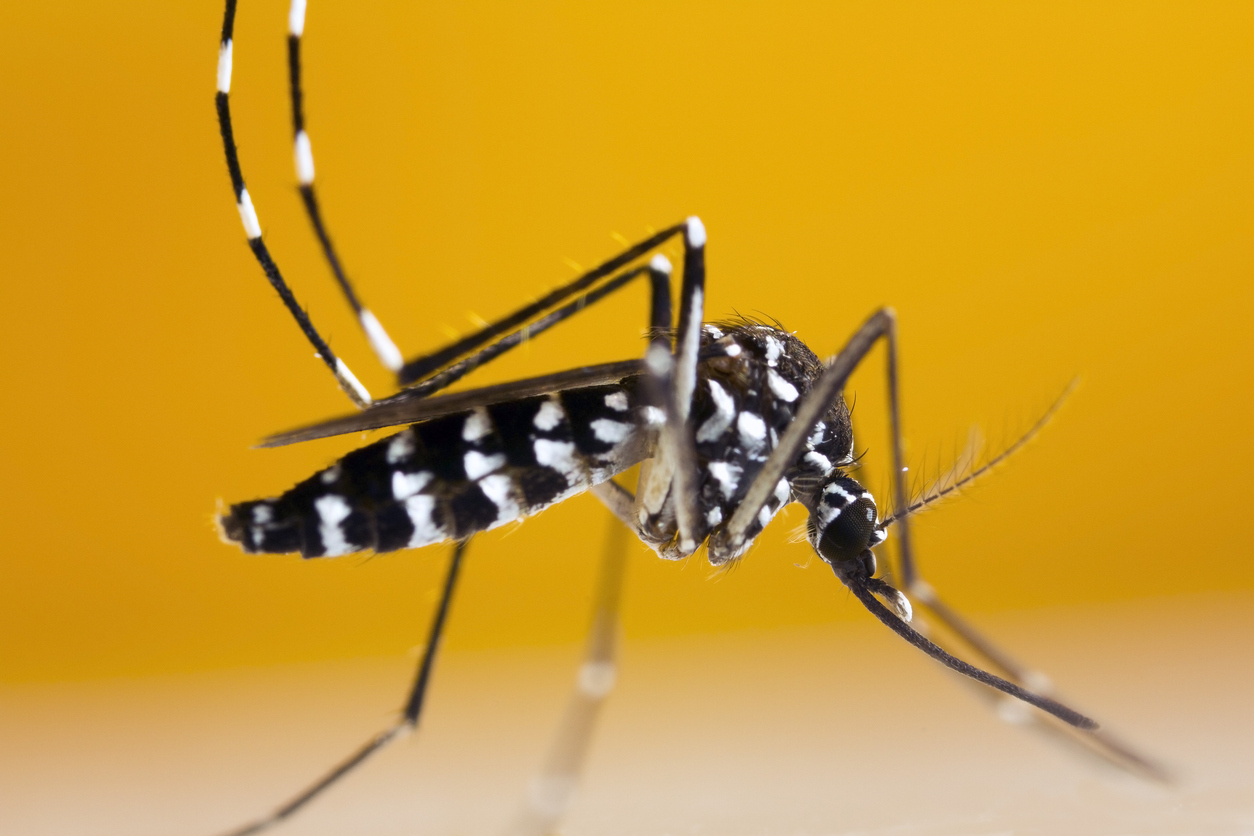 Asian Tiger Mosquito
Asian Tiger Mosquito
With its black body and white stripes, the Asian tiger mosquito is one of the most visually striking mosquitoes you’ll see. Unfortunately, its beauty comes with a bite — literally.
Native to Southeast Asia, the Asian tiger mosquito has spread throughout the U.S. thanks to global trade and warmer climates. While these mosquitoes can carry disease, in most areas, the biggest concern is avoiding itchy bites. Unlike most mosquitoes that emerge at dusk, this species is also on the prowl during the day, making it a persistent pest.
To keep Asian tiger mosquitoes at bay, remove standing water from flowerpots, gutters, and birdbaths, as these are common breeding grounds. Using insect repellents and wearing light-colored clothing can also help reduce the chance of one landing on you.
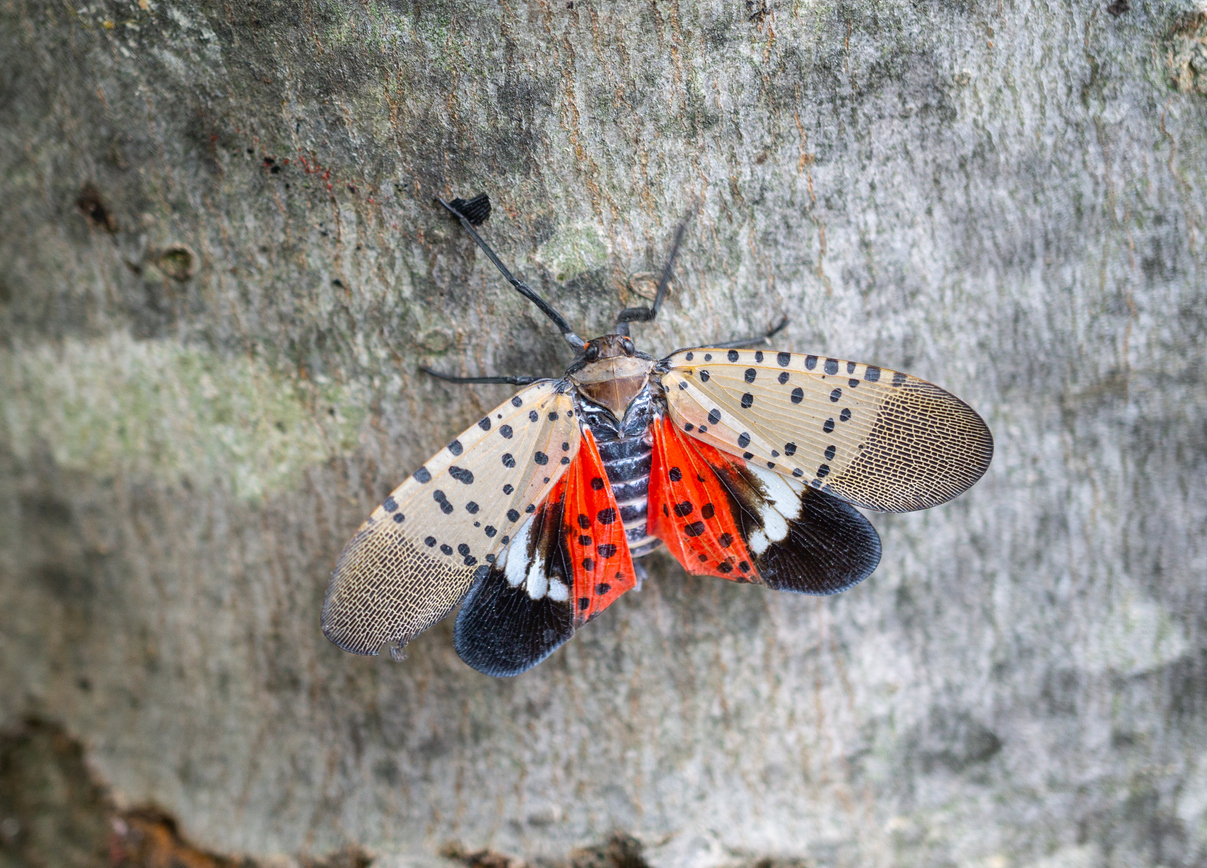 Spotted Lanternfly
Spotted Lanternfly
Lately, scientists have been putting a spotlight on this bug, but not for good reasons.
The spotted lanternfly is an invasive species that came to the U.S. in 2014, and its population has been growing ever since. They prefer habitats with abundant hardwood trees and vineyards, and so far, they’ve mostly been seen on the East Coast.
The problem with spotted lanternflies is their appetite. These striking bugs feed on sap by piercing bark with sharp mouthparts, which weakens trees and plants over time. After they’re done eating, they leave honeydew behind, a substance that can cause fungus to grow on the host plant.
If you’re a gardener or homeowner, you’re unlikely to see significant damage to your plants unless there’s a large population of spotted lanternflies nearby. But if you do see one of these bugs near your home, it’s best to take a photo and report it to your local agriculture office. Be on the lookout for a bug with a set of grey wings with black spots as well as underwings that are red, black, and white.
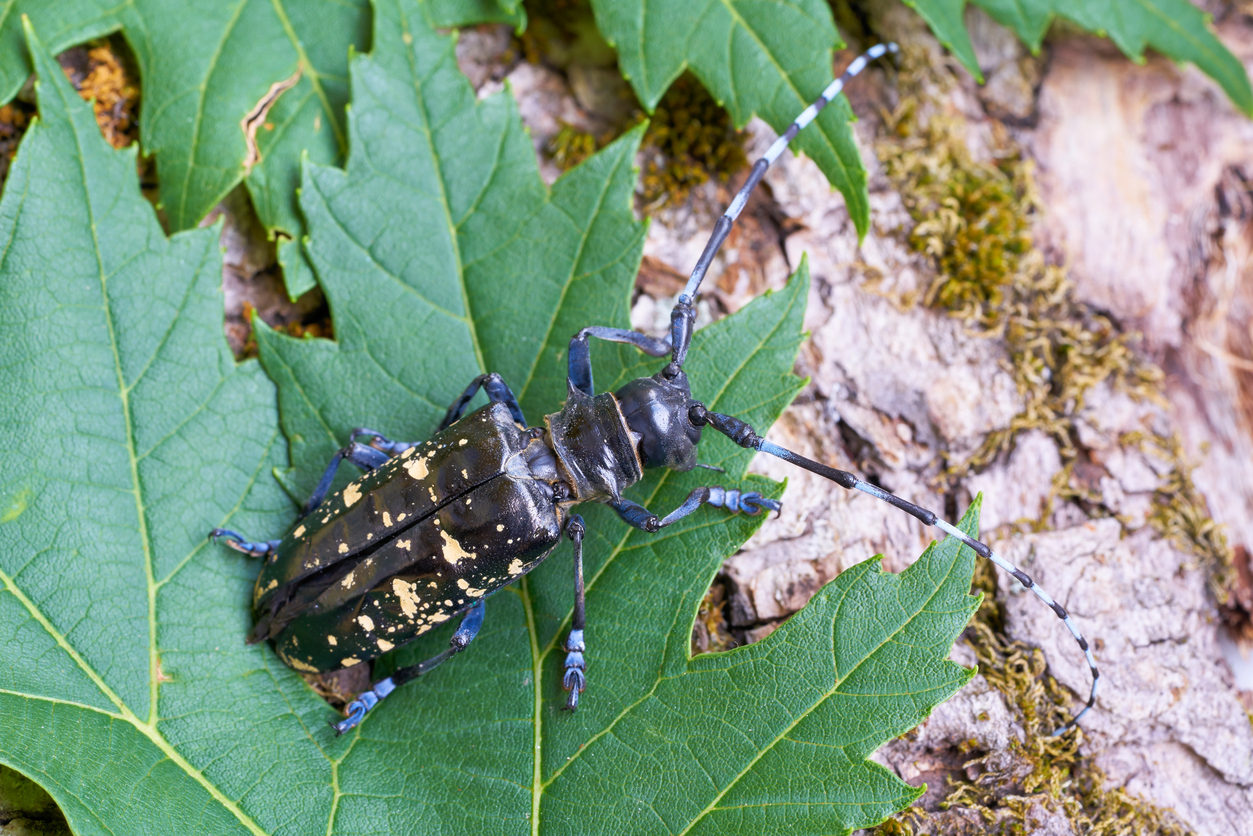 Asian Longhorned Beetle
Asian Longhorned Beetle
Another bug known for damaging trees is the Asian longhorned beetle. These insects are easy to identify by their shiny black bodies and long, black-and-white antennae. As its name implies, this beetle is an invasive species from Asia, and it can often be found on trees like maples, elms, and birches.
The Asian longhorned beetle makes its mark by boring into trees to lay eggs. Over time, this can weaken and kill the tree. While their impact on forests can be significant, they don’t pose a direct threat to humans or animals.
Thankfully, there are a few states where these invasive pests have been eradicated, but they’re still spreading in states like New York and Ohio. If you spot an Asian longhorned beetle in a wooded area, don’t take any wood or timber with you. This can help spread the beetle to new locations, such as your backyard.
Make 2025 the Year of No Pests
It can be hard to predict exactly which insects you’ll come across this year, but one thing is for certain — Arrow can help keep them away. From the pests you know to the new ones that may appear, contact us for a quick and efficient removal.

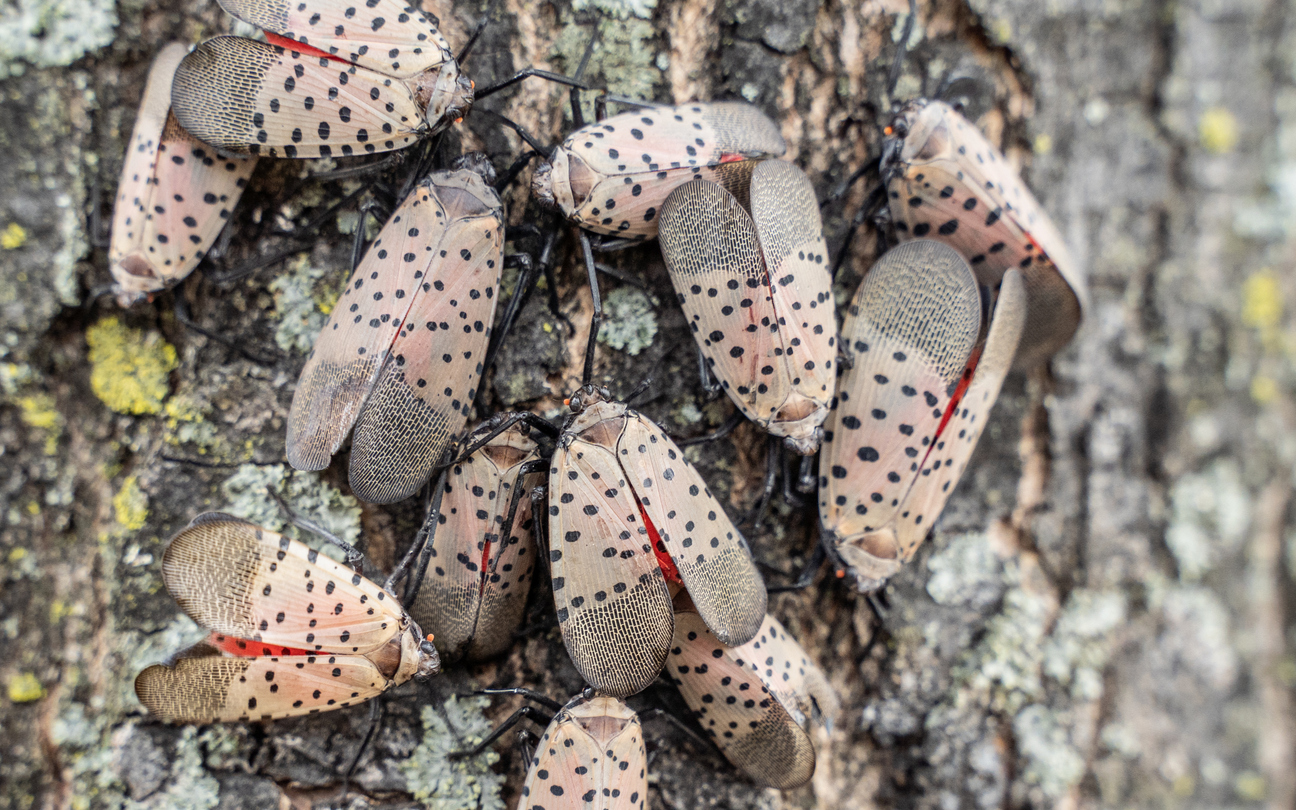




 YouTube
YouTube Facebook
Facebook Twitter
Twitter